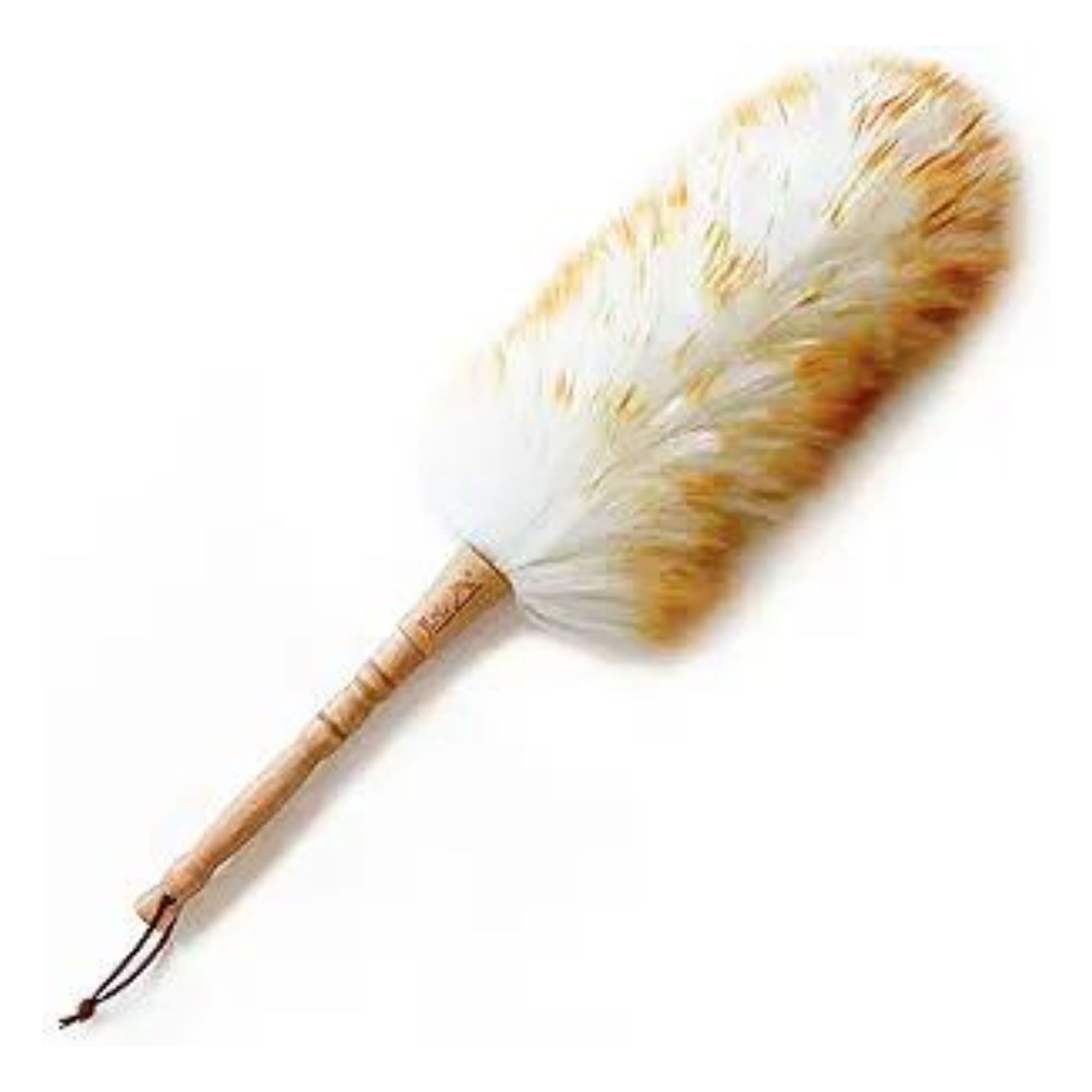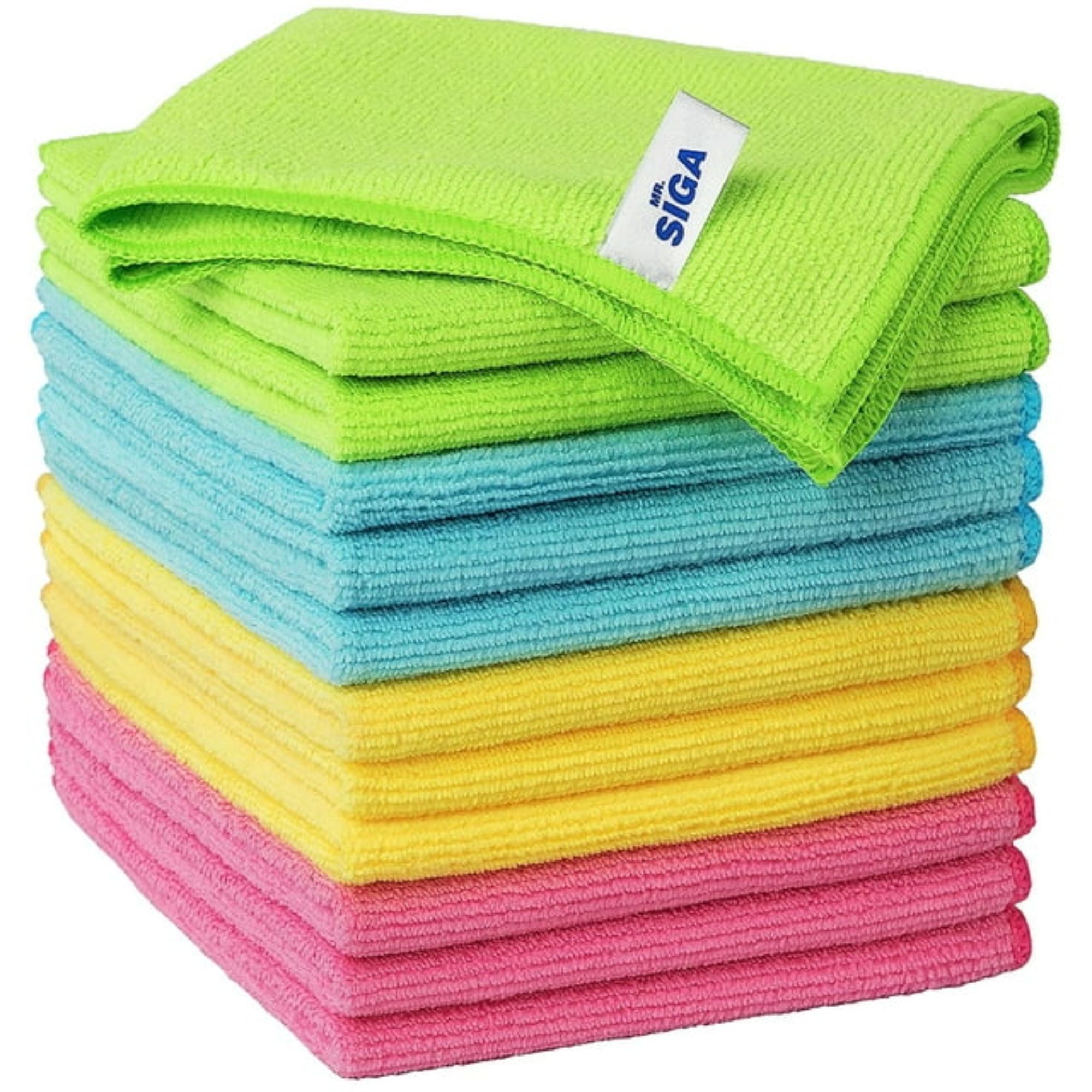Cleaners reveal how to dust open shelves without damaging your belongings
Are you wondering how to get all the dust off your ornaments and books without ruining them? We have the answers...
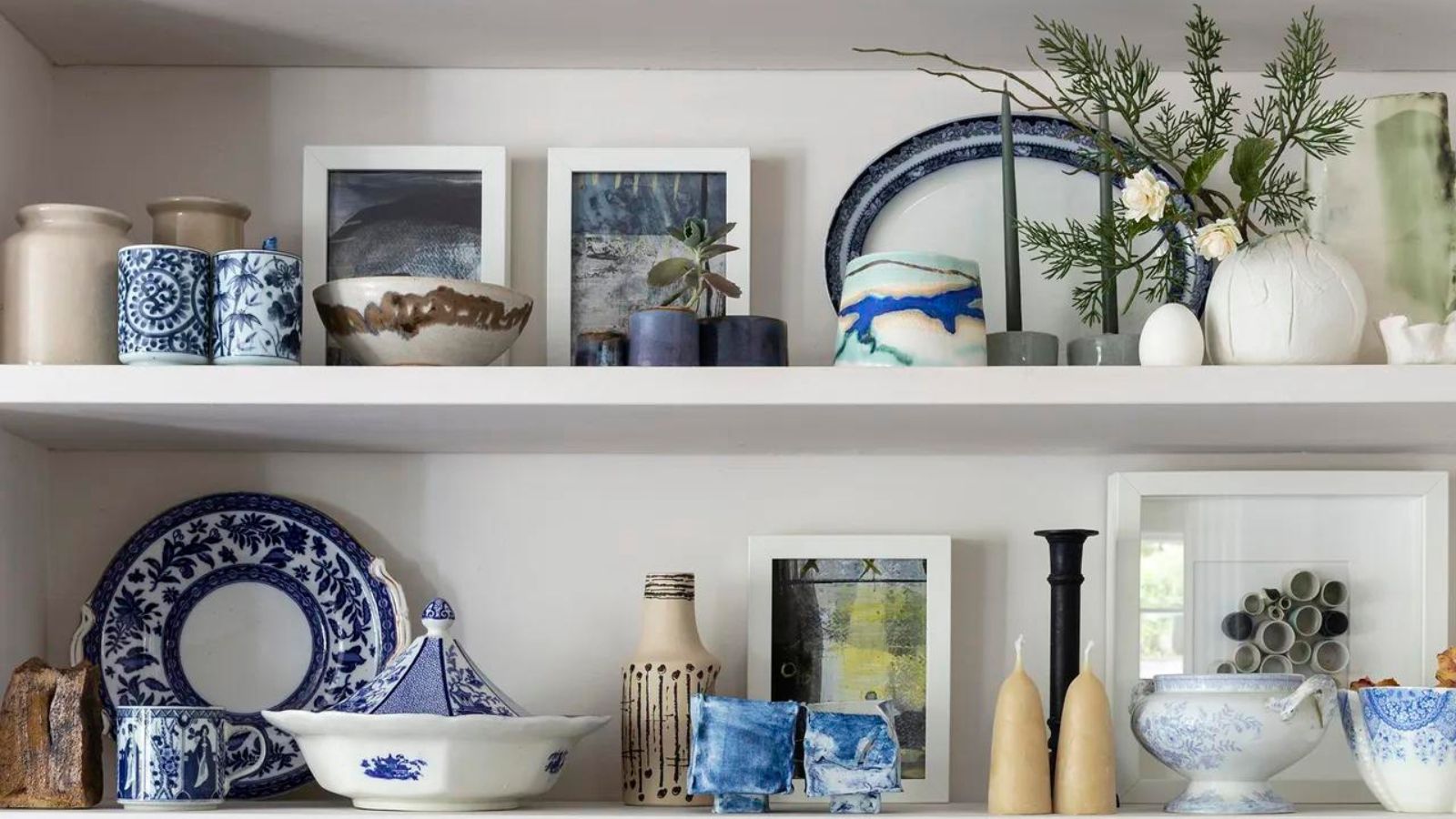

Dusting open shelves can feel like a feat of acrobatics. How do you clean all the ornaments without knocking them over and without having to move everything all the time? Then there’s the question of cleaning books without damaging the covers and pages. A damp cloth or no damp cloth?
If your shelves serve simultaneously as storage and as displays for much-loved mementos and souvenirs, here’s how to remove dust from them effectively yet safely, according to cleaning professionals.
1. Use the right kind of duster
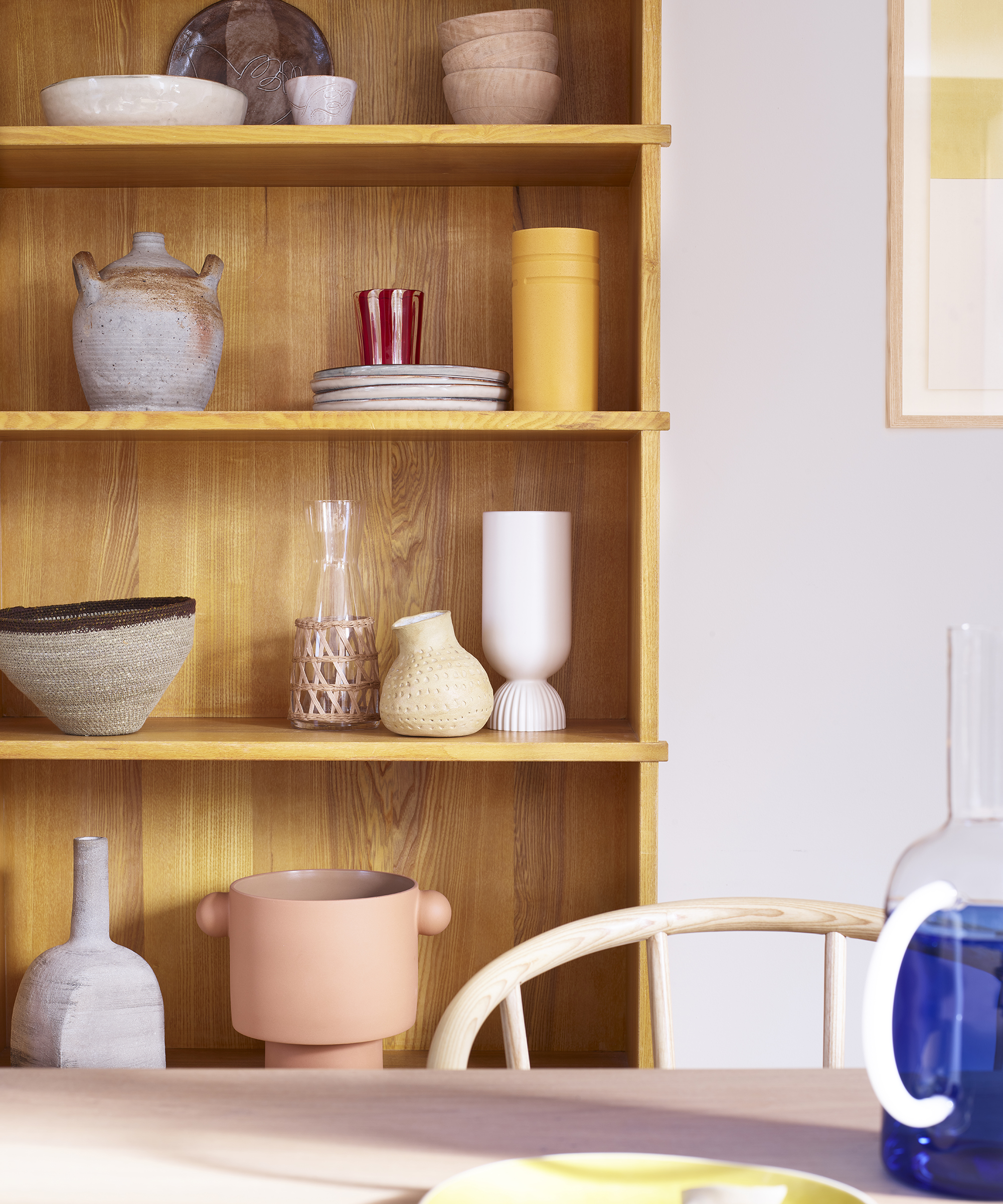
The good news is that you don’t always have to pick up every single item on your shelf in order to dust it. Unless you haven’t cleaned in years and everything on your shelves needs a deep clean (more on that below), you really do not need to remove everything that sits on them.
Instead, you need to be smart about what you use to dust your shelves. Whatever you end up using, avoid feather dusters like the plague. Although many people like the look of them, and although they are light, feather dusters are a dusting mistake. They're pretty useless when it comes to removing dust effectively. All they do is pick up the top layer of dust and disperse it all around; the majority of the dust will eventually settle back down pretty much right where you’d picked it up.
To clean your open shelves effectively, you need a lambswool duster. The wool fibers attract and hold on to the dust rather than picking it up and dispersing it.
'Using lambswool dusters, you can lightly dust off all your belongings without moving everything,’ says Courtney, Cleaner at Homeaglow. 'A lambswool duster on a stick is also a great fix for dusting the space between the tops of books and the shelf above.'
2. Use the correct technique when dusting
Dusting open shelves without damaging them depends on two things: having the right tools and developing a skillful dusting technique.
Design expertise in your inbox – from inspiring decorating ideas and beautiful celebrity homes to practical gardening advice and shopping round-ups.
The technique involves working slowly and deliberately on each item. Use a gentle twirling motion with your duster to remove all the dust, paying special attention to corners, crevices, and small details.
The order in which you dust also matters. Make sure you start by dusting objects that are furthest away from you on the shelf, going in from above and at an angle. That way you'll be less likely to knock over and damage items that are closer to the edge.
If there are a lot of lightweight items close to the edge of the shelf, remove them before dusting the items further back. This will make dusting more time-consuming, but it will also ensure you don't damage anything.
3. Deep clean using a microfiber cloth
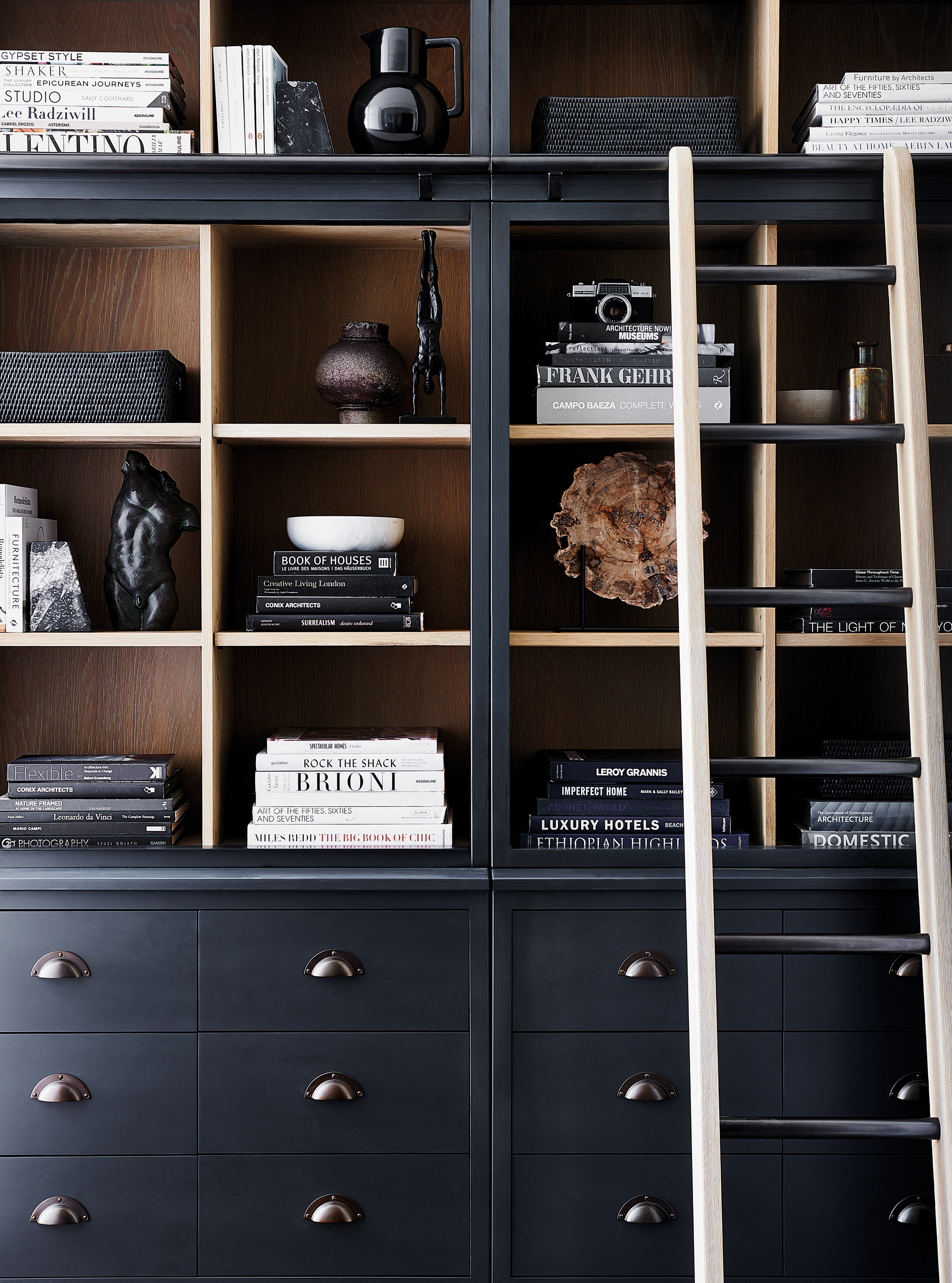
Dusting only really works on items that are already relatively clean. If no one’s dusted the shelves in a while, dust will have compacted and turned to grime in corners and crevices of anything from vases to ornaments and from picture frames to embossed book covers. You will be able to tell straight away if your shelves need a deep clean: dark streaks and items that have changed their color will require more than a duster.
'In this case, there’s nothing for it but to take the items off the shelf and clean them with a damp microfiber cloth,' says Delah Gomasi, Managing Director of MaidForYou. He recommends dipping the cloth in soapy water, wringing it out thoroughly and delicately wiping the items down.
Always start with the top shelf and work your way down: 'The reason we start from the top is that when cleaning the top of shelves, dust can fall and settle on the lower shelves,' explains Delah. ‘If you start with the lower shelves, once you get to the top, your shelves are dirty again.’
Larger items like vases and decorative plates will benefit from a wash and rinse in soapy water in the sink.
4. Got books? Get a duster brush

Photography/Paul Massey
There’s no definitive way to clean books because books come with so many different types of covers. You’ll have to use a bit of common sense here: if your book collection predominantly consists of clothbound hardbacks or hardbacks with duster jackets on them (the glossy kind), you can safely dust them with a damp (not wet) microfiber cloth.
If, on the other hand, all your books are fragile paperbacks, damp cloths are out of the question. You will need to use a combination of techniques here. For a deeper clean, try using your vacuum’s duster brush attachment - or try a micro vacuum. Micro vacuums are small and handheld and come with soft brush attachments. These are much gentler than your car vacuum or upholstery vacuum attachments, which are too powerful and could blow away and damage the other items on your shelf. You could also try this compact Computer Vacuum Cleaner from Amazon, which uses compressed air to remove dust and debris from small spaces.
If your books are relatively clean, with only a fine layer of dust on top of them, your best cleaning tool will be a duster brush. There are many of them on the market, but we especially like the Keruideng Hand Broom Counter Duster Dusting Brush (available from Amazon). It has soft, dense bristles and a rectangular shape that just makes it perfect for dusting books.
Dusting your book collection regularly pays off in the long run. The longer you leave between dusting, the more the dust packs into the spines and on top of the pages, making it much more difficult to get off.
Top tip: If you have frail, vintage books on your shelf – with covers that are not securely attached – avoid damp cloths. Gently pick up the book, dust it off with a dry cloth, then put it in a protective plastic sleeve. Or keep vintage books in a bookcase with a glass compartment. Wipes, vinegar, and cleaning sprays should never be used on books.
5. Avoid sprays and chemicals
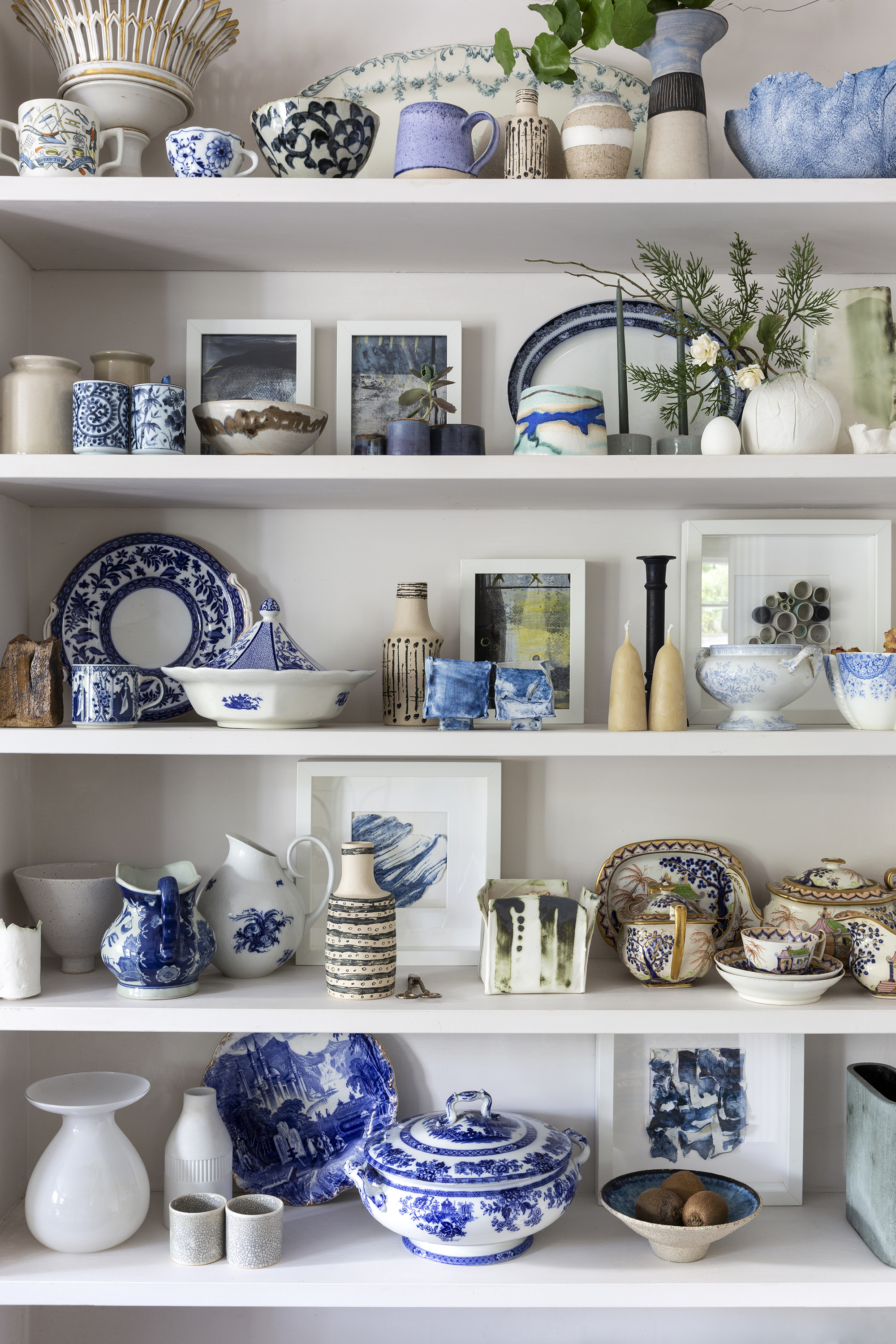
Don’t be tempted to spray the stuff on your shelf with all-purpose cleaners or vinegar. Especially if you have vintage ornaments that are made from natural materials and/or are hand-painted, you want to avoid any harsh detergents and vinegar, which can discolor and damage materials ranging from untreated wood to marble.
Cleaning wipes are also not recommended, as they can be too strong for delicate items. A mild natural soap and warm water solution is the only safe cleaning agent for shelves full of books and ornaments.
Ideally, you should dust open shelves once a week. If that’s not realistic, every other week should do it. If you start leaving longer between dusting sessions, you will find yourself battling the dreaded grime.
Next, discover why your home gets dusty so quickly, and what you can do to limit its impact.

Anna is a professional writer and academic. She taught English Literature for several years before joining Future where she wrote for Real Homes, Homes & Gardens and Livingetc for four years. She is a regular contributor for Parade Home, BiggerPockets, and many other publications. In her spare time, Anna enjoys hiking and gardening.
